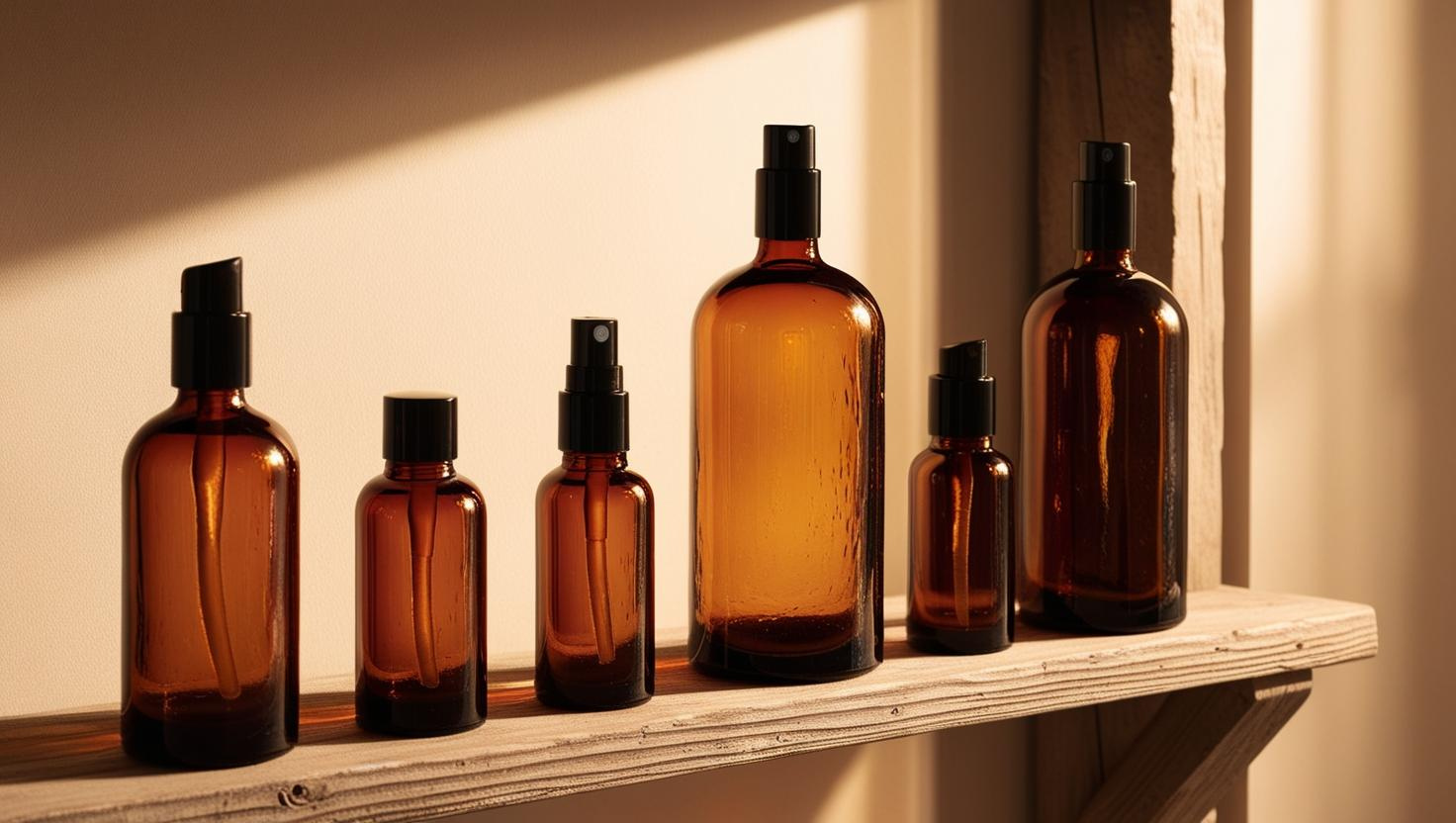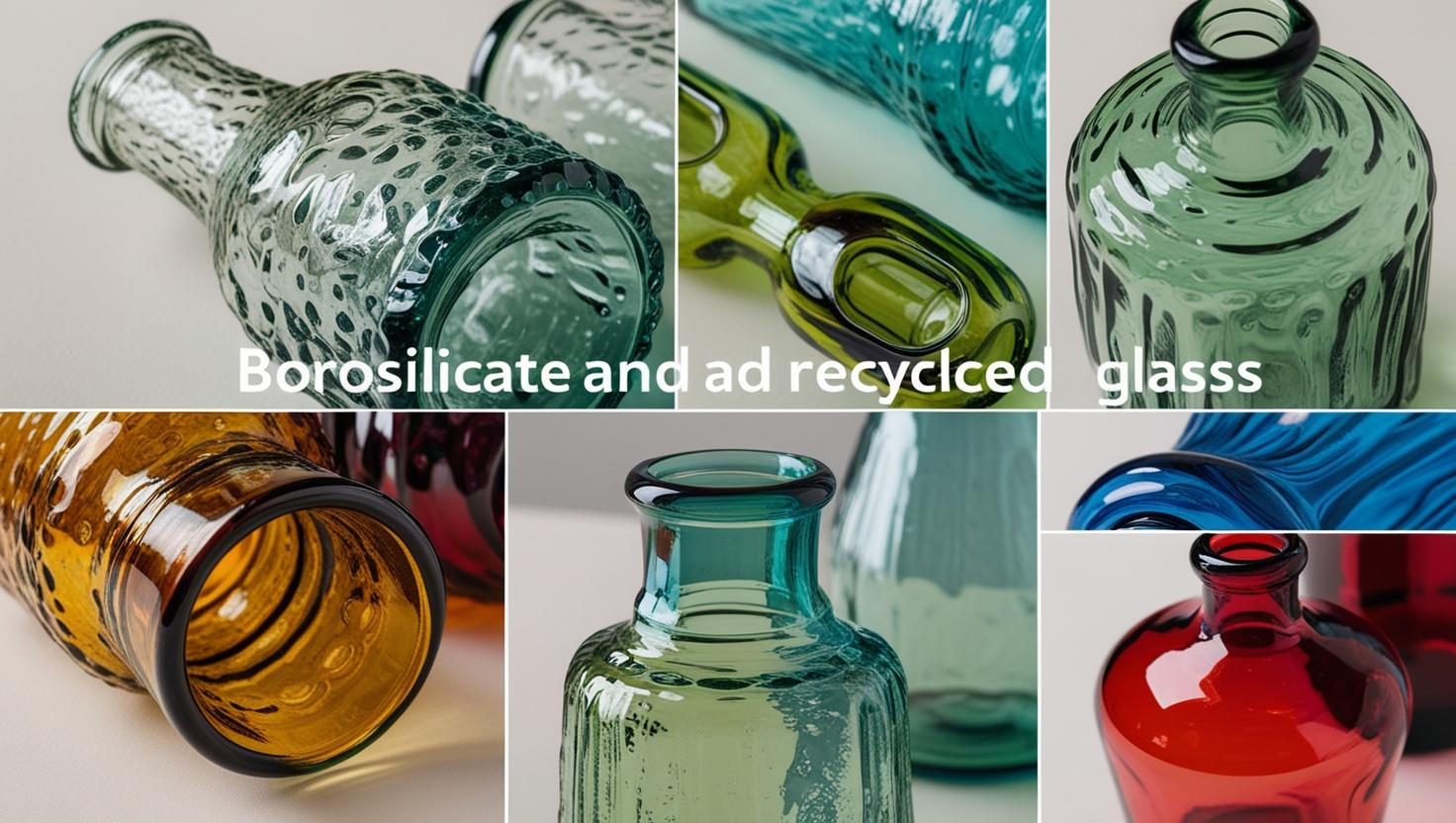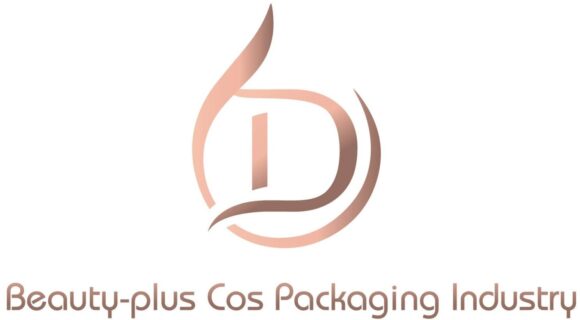
Amber glass looks premium and protective—but is it really more sustainable than plastic? Many buyers and brands are starting to question that.
Yes, amber glass is generally more sustainable than plastic1. It's fully recyclable, reusable, and offers better protection against UV light2, making it ideal for natural and sensitive formulas.
I used to work mostly with plastic bottles. But when a client switched to amber glass for their essential oils, I noticed not only the elevated look but also how much longer the product stayed stable.
What is the Most Sustainable Type of Glass?
Is all glass equally sustainable, or is there one type that stands out?
Borosilicate and recycled glass3 are considered the most sustainable, thanks to their durability and recyclability.

Dive Deeper into Glass Types:
- 🟤 Amber glass – Blocks UV light4 and protects sensitive formulas.
- 🔵 Borosilicate glass – Heat-resistant and durable5.
- ♻️ Recycled glass – Lower carbon footprint6 than virgin glass.
Is Amber Glass Environmentally Friendly?
Amber glass looks beautiful, but what impact does it have on the environment?
Yes. Amber glass is environmentally friendly7 when recycled properly. It’s made from natural materials and doesn't release microplastics8.
What is the Alternative to Amber Glass?
Not every brand wants to use amber glass. So what are the options?
Alternatives include PET plastic with UV blockers9, aluminum containers, or clear glass with tinted coatings.
What Material is More Sustainable Than Plastic?
If plastic is so problematic, what materials are truly better?
Glass, paper, aluminum, and bioplastics10 are generally more sustainable than conventional plastic.
What is the Most Eco-Friendly Alternative to Plastic?
Let’s get real—what’s the greenest packaging choice out there?
The most eco-friendly alternative11 depends on your product, but recycled glass, aluminum, and biodegradable materials are top contenders.
Conclusion
Amber glass is more sustainable than plastic—and often more protective too.
-
Provides a comparison of sustainability between amber glass and plastic, including recyclability and energy consumption. ↩
-
Explains how UV light can degrade sensitive formulas and how amber glass offers protection. ↩
-
Identifies borosilicate and recycled glass as the most sustainable types due to their durability and recyclability. ↩
-
Details how amber glass effectively blocks harmful UV rays, protecting light-sensitive products. ↩
-
Describes the properties and common uses of borosilicate glass, highlighting its sustainability. ↩
-
Discusses how using recycled glass reduces carbon emissions compared to producing new glass. ↩
-
Explores the environmental benefits of amber glass, including its recyclability and non-toxicity. ↩
-
Provides information on microplastics, their sources, and how glass packaging avoids this issue. ↩
-
Introduces PET plastic alternatives with UV protection and compares them to amber glass. ↩
-
Lists materials like glass, paper, aluminum, and bioplastics as more sustainable alternatives to plastic. ↩
-
Suggests the most eco-friendly packaging options based on product type and environmental impact. ↩

